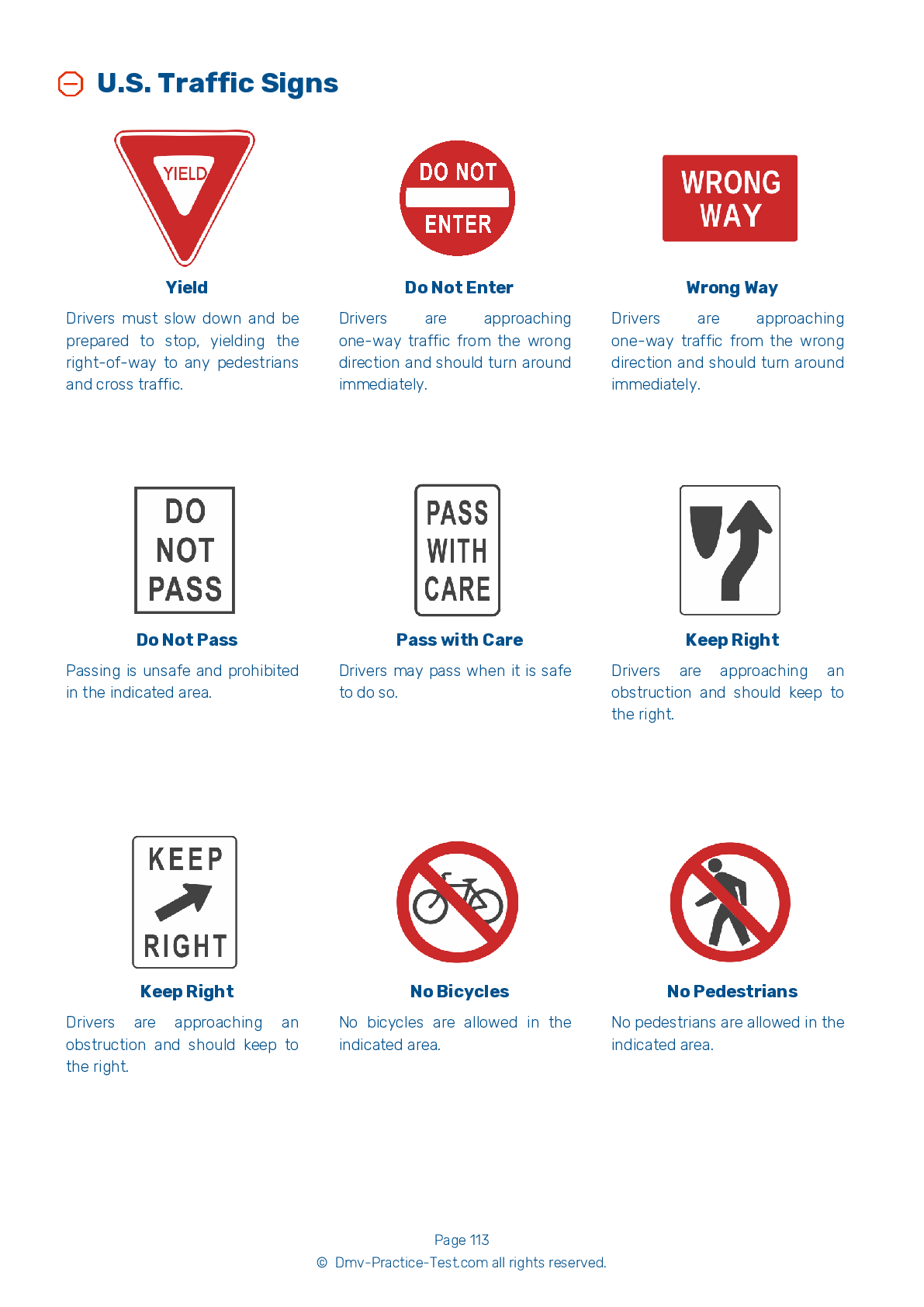Class A Driving Test | New York 2025 #2 Page 6 of 7
Train for FREE online with our New York class A license test. The official exam test consists of several obligatory parts, with all of them checking your knowledge of different blocks of road rules. If you need to obtain a NY CDL class A permit in 2025, practice as much as possible. Free sample tests published on our website will help you check and improve your knowledge and boost your grades. Please bear in mind that CDL class A requirements may vary from state to state.
36 . If a tire fails, you should:
In the event of tire failure, hold the steering wheel firmly. Stay off the brakes and let the vehicle slow down on its own. Once the vehicle has slowed considerably, you should brake very gently, pull off the road, and stop. Check your tires after coming to a complete stop.
37 . If something is found to be unsafe during a pre-trip inspection, you should:
If a pre-trip inspection reveals anything unsafe about your vehicle, you must get it repaired. It is illegal to operate an unsafe vehicle.
38 . If a traffic light has been green for a long time:
If you are approaching a traffic light that has been green for a long time, there is a good chance that it will turn yellow before you reach it. Start slowing down and be ready to stop.
39 . What is the number one cause of death and injury in work zones?
Speeding traffic is the main cause of death and injury in work zones. Drive with special caution when traveling near road workers.
40 . Regarding winter driving, all of the following are true, except:
When driving during the winter, it is particularly important that your tires have adequate tread. You need a tread depth of at least 4/32 of an inch in every major groove on the front tires, and at least 2/32 of an inch on the back tires. Check the tread depths by using a gauge.
41 . If a vehicle is equipped with power steering, the hoses should be checked:
When inspecting a vehicle with power steering, you should inspect the hoses, pumps, and fluid levels. Specifically check the hoses for leaks.
42 . If confronted by an aggressive driver, you should:
If confronted by an aggressive driver, it is most important to get out of their way. Avoid making eye contact and do not gesture at them. Report them to the appropriate authorities once you can safely do so.
See the exact questions that will be on the 2025 New York DMV exam.
99.2% of people who use the cheat sheet pass the FIRST TIME
Lillian MCcranie explains how our CDL study guide was helpful in passing the exam and recommends it to everyone.
Cameron tells us how he purchased the CDL exam, and found it to be a useful tool which helped him pass the exam and find a job.



